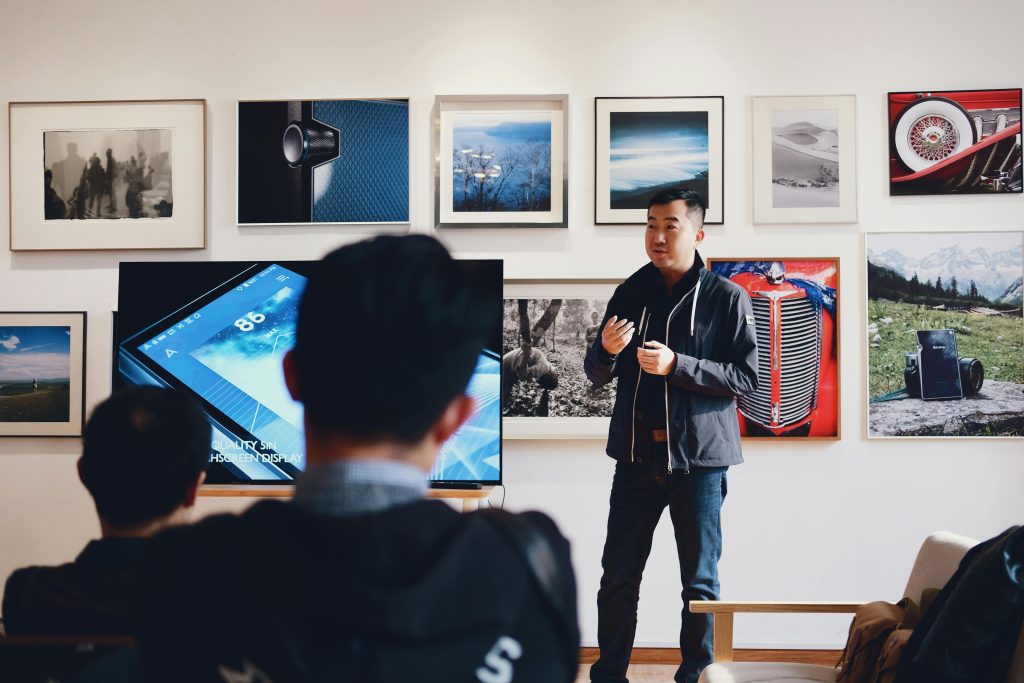Virtual reality (VR) technology is revolutionizing education by offering immersive and interactive learning experiences that transcend traditional classroom boundaries. As schools and educational institutions increasingly integrate VR into their curricula, students are benefitting from enhanced engagement, deeper understanding of complex concepts, and opportunities to explore subjects in unprecedented ways. This article explores the transformative impact of VR on education, examining its benefits, applications across disciplines, and future implications for learning in the digital age.

Enhancing Engagement and Active Learning
One of the most significant advantages of VR in education is its ability to captivate students’ attention and foster active learning. Unlike traditional teaching methods that rely on textbooks and lectures, VR allows students to step into virtual environments where they can interact with simulations, manipulate objects, and participate in hands-on activities. This immersive approach not only increases engagement but also improves retention rates by making learning more memorable and meaningful.
Experiential Learning Across Disciplines
VR technology is versatile, offering applications across various academic disciplines. In science and engineering, students can explore virtual laboratories to conduct experiments in physics, chemistry, and biology without the need for physical equipment. Medical students can practice surgical procedures in a simulated operating room, honing their skills in a risk-free environment. History and geography lessons come alive as students virtually visit historical landmarks or explore distant cultures, enhancing their understanding of global perspectives.
Accessibility and Inclusivity
VR has the potential to make education more accessible and inclusive by overcoming geographical barriers and accommodating diverse learning needs. Students in remote areas or underserved communities can access high-quality educational experiences that were previously unavailable to them. Additionally, VR can provide personalized learning opportunities, allowing educators to adapt content to individual learning styles and abilities.

Collaborative and Social Learning
Another compelling aspect of VR in education is its ability to facilitate collaborative and social learning experiences. Students can collaborate on projects, solve problems together, and engage in virtual discussions with peers and educators from around the world. This collaborative environment promotes teamwork, communication skills, and cultural understanding, preparing students for the interconnected global society they will navigate in their future careers.
Challenges and Considerations
While VR holds immense potential for transforming education, several challenges must be addressed for its widespread adoption. Cost and accessibility of VR hardware and software remain barriers for some schools and students. Additionally, concerns about the quality of educational content, data privacy, and potential health effects of prolonged VR use require careful consideration and regulation.
Future Directions and Innovations
Looking ahead, the future of VR in education is promising, with continued advancements in technology and educational research. Innovations such as augmented reality (AR) integration, adaptive learning algorithms, and AI-driven simulations will further personalize and enhance the educational experience. VR classrooms may become more commonplace, offering students immersive virtual environments that adapt in real-time to meet their learning needs and interests.

Conclusion
In conclusion, virtual reality is reshaping education by providing immersive, engaging, and inclusive learning experiences that transcend traditional teaching methods. By leveraging VR technology, educators can inspire curiosity, creativity, and critical thinking in students, preparing them to thrive in a rapidly evolving digital world. As VR continues to evolve and become more accessible, its transformative impact on education will continue to expand, offering new opportunities for personalized learning and educational equity.